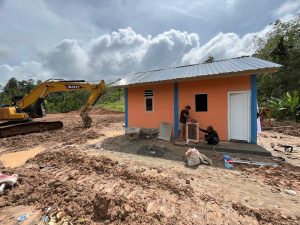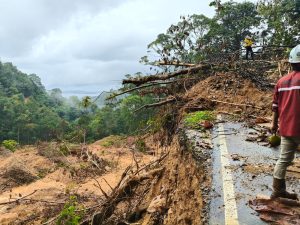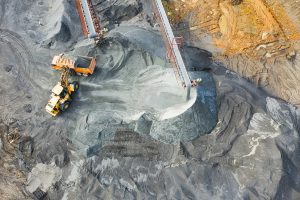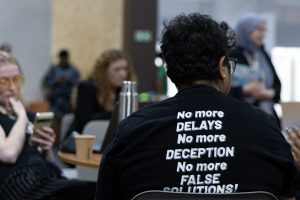Jakarta – Hitachi Energy is expanding the use of microgrid and Battery Energy Storage System (BESS) technology in 3T (frontier, outermost, disadvantaged) areas, paving the way for a more stable electricity supply without dependence on diesel generators, especially during the day.
Hitachi Energy Indonesia Segment Manager, Alif Rizki Batoni, said the BESS-based microgrid system is a strategic solution to accelerate communal electrification in areas that have been difficult to reach by conventional electricity infrastructure.
“The communal electrification model that we have developed allows integration between solar panels and energy storage in batteries. This allows the electricity supply to remain stable even when the main grid has not been reached,” Alif said in an official statement, Friday, 1 August.
He added that as an archipelago with more than 17,000 islands, Indonesia faces logistical and technical challenges in energy distribution. Renewable energy-based microgrid technology could be the key to addressing this gap sustainably.
A clear example of this implementation can be found in Nusa Penida, Bali. In the region, Hitachi Energy’s microgrid system has enabled electricity supply from renewable energy to be fully utilised during peak loads in the daytime.
“This shows that even without generators, supply can be stable if the system is designed correctly,” Alif said.
Similar technology is also being applied in Semau Island (NTT), Selayar Island (South Sulawesi), and Bontang (East Kalimantan). In these locations, the technology not only improves electricity reliability but also reduces fossil fuel consumption and strengthens renewable energy penetration.
Hitachi Energy now employs more than 300 people in Indonesia and has production facilities and software development centres. The company also supports the government’s ambitious targets in the 2025-2034 Electricity Supply Business Plan (RUPTL), which calls for the construction of 42.6 gigawatts (GW) of renewable generation capacity and the development of 10.3 GW of energy storage systems.
“We believe the synergy between local communities, the government, and the industrial sector will accelerate equitable energy access and strengthen the foundation of the transition to a low-carbon energy system,” said Alif. (Hartatik)
Banner photo: Image generated by OpenAI’s DALL·E via ChatGPT (2024)














